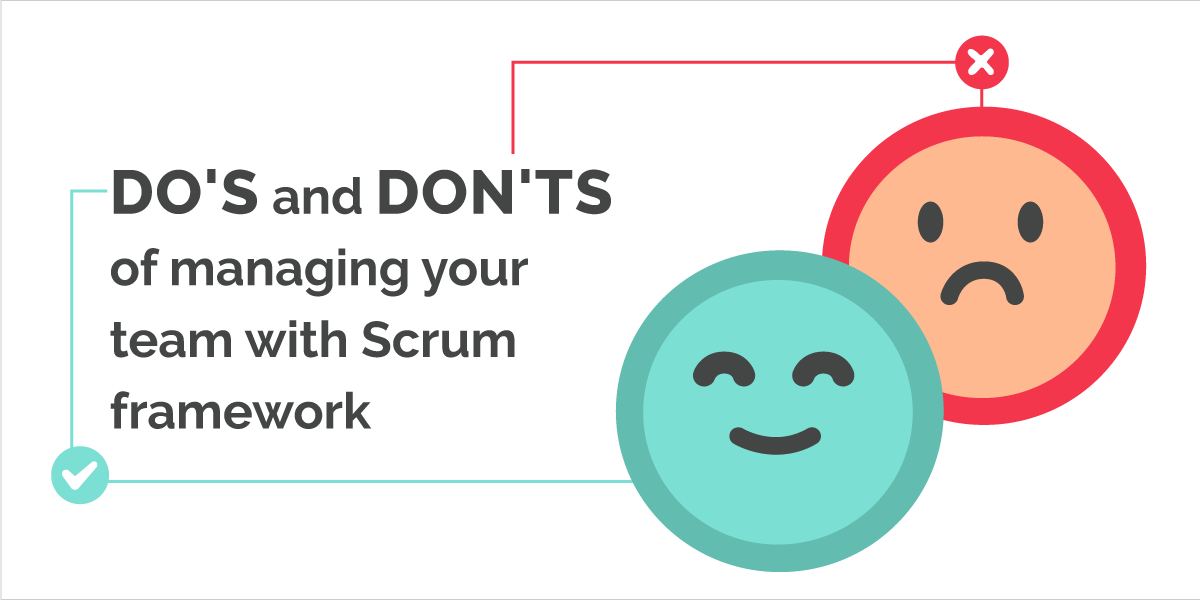Do you know how long it takes for a task to go through every stage of your workflow? One of the tools you can use to track the project progress and visualize the team effort is the Cumulative Flow Diagram (CFD).
This post intend to show you how you will definitely benefit from applying a Cumulative Flow Diagram to your process.
Why use the Cumulative Flow Diagram?
The Cumulative Flow Diagram is one of the most popular graphs used by Kanban teams. The CFD’s main purpose is to improve your process by providing insight into cycle time, issues, and also by identifying potential bottlenecks. The CFD is perfectly aligned with Kanban first practices, which is to visualize your workflow.
How to use the CFD
The vertical axis indicates the number of stories. The horizontal axis is a timeline. Different colors represent stories in different lists from your board.
Let’s say you start your Kanban board with 20 stories in your backlog. After 1 day your Kanban board shows that you have 14 stories in To Do, 4 in Doing, 2 in QA and 0 Done. The gap between the blue and the read areas represents the work in progress. The purple area indicates the number of stories in your backlog that haven’t been started yet. Here’s how your CFD should look like:

A few more days later, your team completed some stories. You now have 10 stories in To Do, 4 in Doing, 3 in QA and 3 Done. The green area represents the number of completed stories as shown below:

Near the end of the project iteration, the green area should get closer to the purple area. By March 27, the Kanban board should have 1 story in To Do, 2 in Doing, 3 in QA and 14 in Done:

What your CFD is telling you?
Work in progress (WIP)
There’s one indicator from the CFD that can be read easily, that is the WIP indicator. The vertical gap between the green and the blue area represents all stories in progress and work started that has not been completed yet. If you have established a WIP and it is respected, gap should not vary too much. A healthy CFD will have thin color gaps. When gaps get bigger, it is an indicator that there is something stuck and you may have a bottleneck. If one of your curves stays straight for a couple of days, it is a sign that your team may be blocked on one particular story.
Lead time
According to the Lean Kanban University, the Lead Time refers to the time a story takes to progress through a process and it is often used synonymously with the more specific “customer lead time”. You can calculate the lead time for each story by measuring the horizontal distance between the beginning of your diagram and the green area.
Cycle Time
The CFD will also show you how much time it takes for a story to be completed. The horizontal space between the blue and green curves shows you the story’s Cycle Time.
Scope
The CFD will show you if the scope has changed. If the purple area goes up that means that new stories have been added to your backlog.
If you are having an ongoing Kanban board, the purple area should always go up since new stories are constantly added to your backlog. As new stories are added, while others are done, the green area should go up as well.
Delivery date
The CFD also helps you estimate a delivery date for your work. You can draw an approximate slope of the green area until it reaches the purple area.
Of course, doing this estimation at the beginning is risky as many things may happen (blocked stories, change of scope, etc.).
As your project progresses, you will get more information about the cycle time and lead time and therefore, will be able to better estimate delivery dates.
The Nutcache Cumulative Flow Diagram
This feature is now available to all Agile teams using Nutcache to manage projects. Log into Nutcache to discover how the CFD can help you improve your process and deliver more value!
Not on Nutcache yet? Sign up now and enjoy a 14-day free trial.








